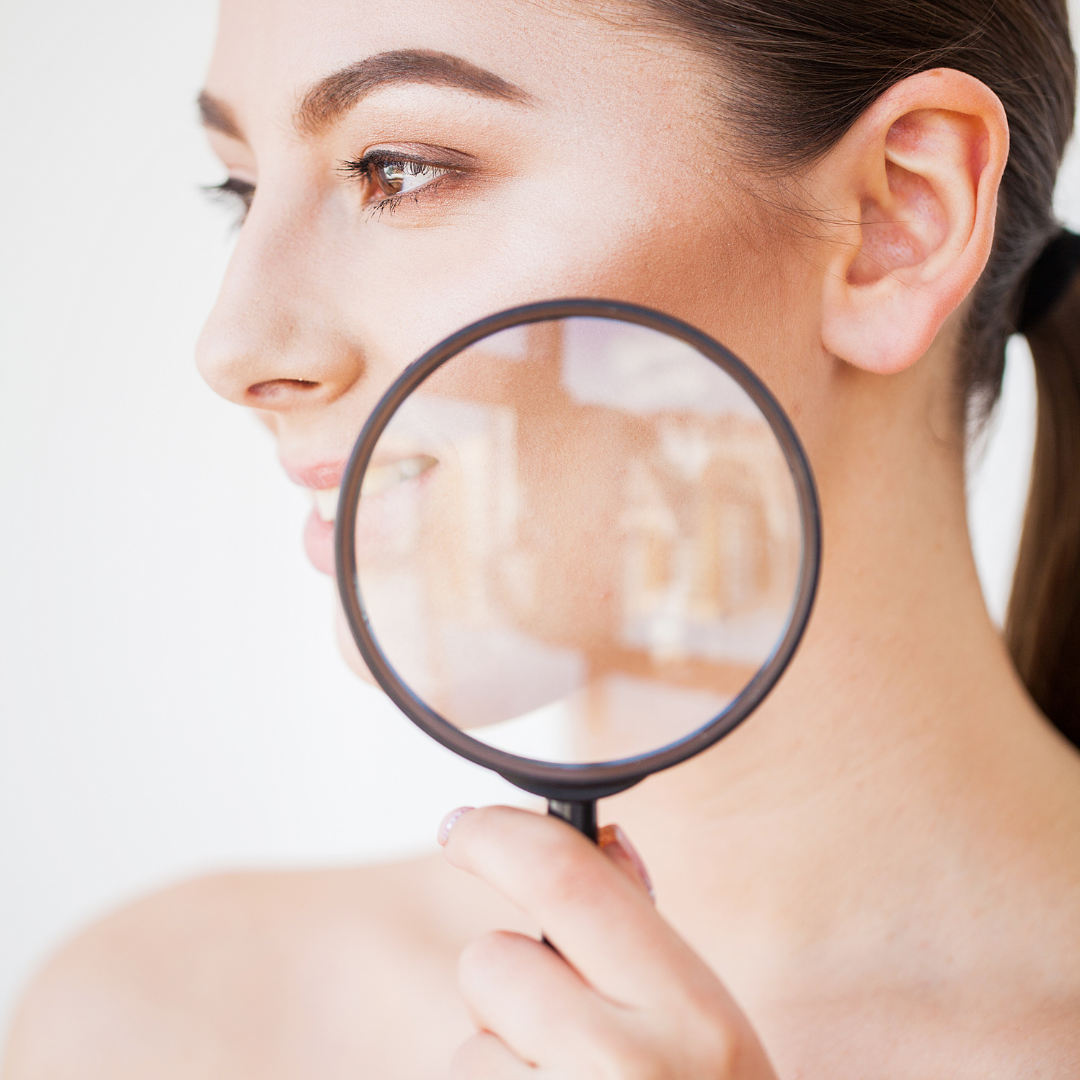Fall brings with it images of warm colours, bonfires, cozy nights in and the best aromas wafting through the air. What does it mean for your skin? Dryness, chapped lips, unexpected sunburn, irritation – does not sound as idyllic as we would like! With the change in season and temperature comes a change in your reaction to the elements, and this is where you need to be extra careful. Although the change is subtle, your skin is sensitive and needs to be given as much attention as you would in summer with even harsher sun exposure.
Why would you need to bother? Dryness is caused by heat and lower humidity, and although you may not be conscious of this, your central heating system, or even just small office heaters dry out the air. If you do have a humidifier in your environment to counteract the dryness that is great, but often not enough to help your skin adjust to the changes.
Real help comes from within – when you pay attention to your vitamin and mineral intake, most of the work is done for you. Adding a few key items to your daily health and skin routine will see you through the colder months, and coming out on the other end with healthy, glowing skin. Here are our top tips:
Healthy Fats
So many people automatically associated the word ‘fat’ with unhealthiness, obesity and illness. This is entirely not always the case, and our body actually needs the right kinds of fat for survival. The same goes for our skin – without a protective layer of fat, your skin would be dry and brittle. The healthy fats we eat help our skin hold onto moisture, and appear smoother and plumper. In order to keep your skin elastic, supple and youthful. Examples of healthy fats that will help your skin from the inside out include monounsaturated fats such as olive oil, almonds, avocados, and omega-3 rich foods such as fish, flaxseed and walnuts.
Protein
We tend to think about meat and meat products when talking about protein, but like with fats, protein comes in many shapes and forms, and we can even avoid animal products and remain healthy if that is our focus. The skin relies on protein for keratin production, which is a key building block for skin, hair and nails. Keratin production is stimulated by the presence of biotin, vitamin A and sulphurous foods. These include nuts, beans, cauliflower, mushrooms, pumpkin, sweet potatoes, legumes, raw carrot, meat, eggs, kale and Brussel sprouts amongst others. As you can see, the presence of meat is not essential, so you are still able to maintain this balance without relying on animal products.
Selenium
Selenium is a mineral naturally found in soil as well as water and some foods. Although we really only need a very small amount, selenium plays a key role in our metabolism. You may have heard us mention ‘antioxidants’ and heard about the importance of these for skin protection against UV damage. Selenium is such an antioxidant and can be found in brazil nuts, seafood and meat, as well as cereals and dairy products.
Silica
This may come as a surprise, but silica is one of the most commonly found elements in the world. You can find it in everything from sand to textiles to counter tops. How does this help your skin? Silica is a building block – and for our purposes, silica presents one of the key elements in collagen production which is a direct need for our bones, skin, hair and nails. Collagen keeps almost every organ elastic and mobile, and this is essential for health since a static or atrophied organ is a non-functioning organ. You can get your daily dose of silica from green beans, lentils, bananas, leafy greens, brown rice and cereals. Another healthy addition to your diet.
Vitamin A
You may have heard the old saying ‘eating carrots helps you see in the dark’ – and although this is slightly far-fetched, it is not all untrue. Carrots are an excellent source of Vitamin A which is also known as the ‘support vitamin’ – it helps build up your immune system and promotes your skin’s natural healing abilities. Remember that tiny paper cut? Most of the reason that it healed up so well has to do with Vitamin A. This fantastic vitamin also helps prevent serious damage from the sun – although it still needs help from proper sun protection (creams, clothing and hydration). The best part is that vitamin A is found in a whole host of foods including dairy products, eggs, oily fish, fortified low-fat spreads, liver and liver products, as well as any source of beta-carotene (the body converts BC into retinol) such as yellow, red and green vegetables and fruit.
Vitamin C
Vitamin C is one of our favourite vitamins because of the amazing things it does for our bodies – not only a strong immune system supporter, vitamin C provides a natural boost to collagen production, as well as helps to maintain existing collagen and protect it from damage. Vitamin C is one of the few ingredients that can benefit us internally and externally – the use of a vitamin C serum can promote hydration, brightening, reduce redness and help even out your skin tone. It also helps with hyperpigmentation, and reduction of fine lines and wrinkles. Vitamin C comes from a number of foods, including plums, peppers, cherries, guavas, citrus, kiwis, broccoli, strawberries and some herbs.
Vitamin E
Vitamin E is one of the most powerful antioxidants, and aids in the combating of radicals from sun damage. It has anti-inflammatory properties, and helps support the immune system, cell function and skin health. UV light and sun exposure may reduce Vitamin E levels, but thankfully these can be replaced and maintained by supplements and foods such as oils, seafood, green vegetables, nuts and seeds. Vitamin E is even more effective when combined with Vitamin C.
Zinc
Last but definitely not least on our list is zinc – this mineral is not reserved for colds and flu season, on the contrary, it is another one of those wonder minerals that aids in building the immune system and promotes the body’s natural healing abilities. Zinc helps your body heal after an injury, and like silica, it also acts as a protectant. Zinc is one of the minerals that helps with acne prone skin, assisting in healing the blemishes from the inside out. You can find zinc in many unexpected food items, such as oysters, red meat, poultry, baked beans, chickpeas and nuts amongst others.
A healthy, balanced diet is necessary for our body to remain strong and healthy, and as our skin is the largest organ, it goes without saying that keeping an eye on what you eat will help with that sought after glowing look. As the temperatures drop and the air becomes dryer, make sure you are mindful of these facts, and learn to recognize when your skin is crying out for help.

